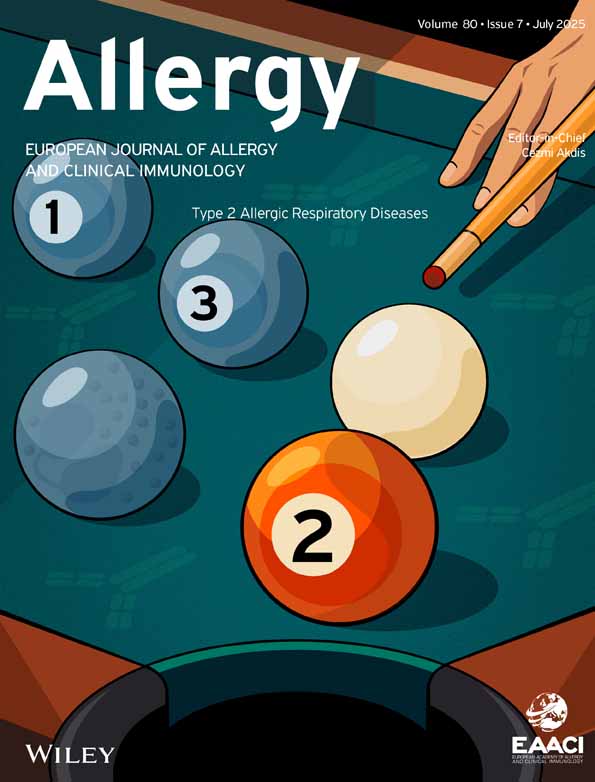The 3 mm skin prick test (SPT) threshold criterion is not reliable for Tyrophagus putrescentiae: the re-evaluation of SPT criterion to dust mites
Abstract
Background: The mean wheal diameter ≥ 3 mm is the usual criterion for positive skin prick test (SPT) reaction to dust mites. The study assessed the accuracy of this SPT criterion with respect to specific IgE values of above 0.35 kUA/l (+ sIgE).
Methods: Specific IgE (ImmunoCAP, Pharmacia AB Diagnostics, Uppsala, Sweden) and standard SPT to Dermatophagoides pteronyssinus (DP) and farinae (DF), Lepidoglyphus destructor (LD) and Tyrophagus putrescentiae (TP) (ALK, Hørsholm, Denmark) were performed in a random sample of 457 subjects, of whom 273 men (mean age 35.3 ± 11.0 years) and 184 women (mean age 37.9 ± 9.5 years). Statistical analysis was performed using the chi-square test, regression analysis and discriminant analysis.
Results: When the mean wheal diameter of ≥ 3 mm was considered positive (+ SPT), the correlation between + SPT and + sIgE was 0.47 for DP (P < 0.001), 0.43 for DF (P = 0.004), 0.35 for LD (P = 0.03) and 0.37 for TP (P = 0.014). Regarding + sIgE, this SPT criterion has a specificity of 92.2% for DP, 82.3% for DF, 80.8% for LD and 70.1% for TP. When the value 4.5 mm was taken as the threshold for the positive SPT reaction to TP, specificity increased significantly from 70.1% to 86.4% (χ2 = 32.04, P < 0.001).
Conclusions: The 3 mm SPT threshold criterion is not reliable in evaluating sensitization to TP due to an insufficient specificity of the allergen extract to this mite. It is advisable either to re-evaluate the TP allergen extract or change the threshold criterion for positive SPT reaction to TP.




